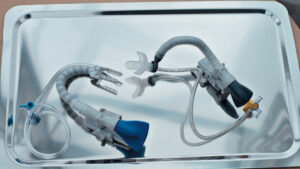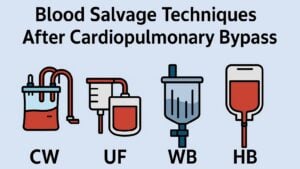Context: After the COVID-19 pandemic, multiple reviews have documented the success of veno-arterial extracorporeal membrane oxygenation (VA-ECMO). Patients who experience hypoxemia but have normal contractility may be switched to veno-venous-ECMO (VV-ECMO).
Purpose: In this review, we present three protocols for anesthesiologists. Firstly, transesophageal echocardiography (TEE) aids in cannulation and weaning off inotropes and fluids. Our main objective is to assist in patient selection for the Avalon Elite single catheter, which is inserted into the right internal jugular vein and terminates in the right atrium. Secondly, we propose appropriate anticoagulant doses. We outline day-to-day monitoring protocols to prevent heparin-induced thrombocytopenia (HIT) or resistance. Once the effects of neuromuscular paralysis subside, sedation should be reduced. Therefore, we describe techniques that may prevent delirium from progressing into permanent cognitive decline.
Methods: We conducted a PubMed search using the keywords VV-ECMO, TEE, Avalon Elite (Maquet, Germany), and quetiapine. We combined these findings with interviews conducted with nurses and anesthesiologists from two academic ECMO centers, focusing on anticoagulation and sedation.
Results: Our qualitative evidence synthesis reveals how TEE confirms cannulation while avoiding right atrial rupture or low flows. Additionally, we discovered that typically, after initial heparinization, activated partial thromboplastin time (PTT) is drawn every 1 to 2 hours or every 6 to 8 hours once stable. Daily thromboelastograms, along with platelet counts and antithrombin III levels, may detect HIT or resistance, respectively. These side effects can be prevented by discontinuing heparin on day two and initiating argatroban at a dose of 1 μg/kg/min while maintaining PTT between 61 – 80 seconds. The argatroban dose is adjusted by 10 – 20% if PTT is between 40 – 60 or 80 – 90 seconds. Perfusionists assist in establishing protocols following manufacturer guidelines. Lastly, we describe the replacement of narcotics and benzodiazepines with dexmedetomidine at a dose of 0.5 to 1 μg/kg/hour, limited by bradycardia, and the use of quetiapine starting at 25 mg per day and gradually increasing up to 200 mg twice a day, limited by prolonged QT interval.
Conclusions: The limitation of this review is that it necessarily covers a broad range of ECMO decisions faced by an anesthesiologist. However, its main advantage lies in the identification of straightforward argatroban protocols through interviews, as well as the discovery, via PubMed, of the usefulness of TEE in determining cannula position and contractility estimates for transitioning from VA-ECMO to VV-ECMO. Additionally, we emphasize the benefits in terms of morbidity and mortality of a seldom-discussed sedation supplement, quetiapine, to dexmedetomidine.
Keywords: Argatroban; Avalon; COVID-19; Extracorporeal Membrane Oxygenation; Impella; Quetiapine; VV-ECMO.







